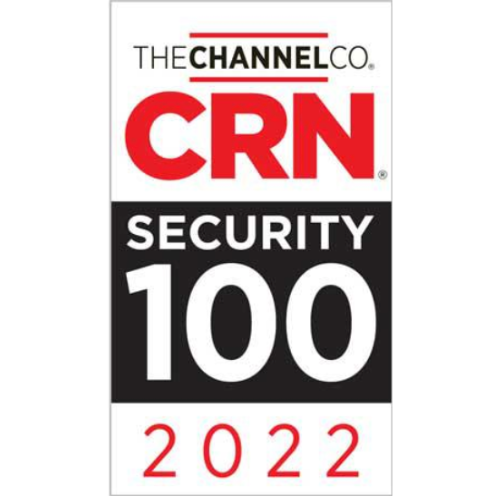
Once upon a time, not too long ago, premium cyber-security protection was achieved solely with a signature-based solution. These signature-based solutions would rely on a sort of repository of known cyber-attacks and, when confronted with a known attack, would deploy security measures to protect the network from the attack.
Hackers quickly realized that many of their signature-based attacks were not working and began evolving their techniques to include zero-day attacks. These attacks take a different approach as hackers first seek for vulnerabilities and then exploit it before a patch is available.
Let's just say these types of attacks made it harder for signature-based (legacy) solutions to secure organizations' assets...
In response to the evolution of cyber-attacks, cyber-security solutions have also had to evolve. One of the cutting-edge measures security practitioners have implemented are security operations centers (SOC).
What is a Security Operations Center (SOC)?
A security operations center is essentially a team of cyber-security specialists commissioned to detect, prevent, assess, and respond to cyber-security threats.
Typically, this team of threat hunters and response experts will work 24/7 to:
- Proactively hunt for and validate potential threats and incidents
- Use all available information to determine the scope and severity of threats
- Apply the appropriate business context for valid threats
- Initiate actions to remotely disrupt, contain, and neutralize threats
- Provide actionable advice for addressing the root cause of recurring incidents
Large corporations will often assemble their own internal SOC team. However, due to the cost and complexity of managing a SOC, a greater number of organizations (including many large organizations) are now opting to outsource their SOC completely, or partner with an outside vendor.
Why do I Need a SOC?
Earlier I mentioned the dangers of relying solely on signature-based solutions. This doesn't mean that signature-based solutions don't have a role in your cyber-security portfolio. The reason we implement a combination of security solutions is simple and can be boiled down to one main idea, layered security.
Layered security is the process of implementing several cyber-security solutions that can work together to ward off cyber-threats. Adding a SOC provides a team of experts dedicated to diving deeper into threats that your security solutions reveal. Often organizations receive a notification stating that a threat is present or that your cyber-security solutions stopped an attack. Security Operations Centers go beyond the notification and dive into why these attacks are coming, what vulnerability the hackers may be targeting, and what actions should be taken to prevent these attacks in the future.
How do I get Started?
Having a SOC is not an exclusive solution reserved only for large entities. In fact, smaller organizations can now easily implement a SOC within their organization. We have partnered with Sophos Security to offer Managed Threat Response (MTR) which is a 24/7 fully-managed SOC service.
This service is affordable and provides your organization with the highest level of protection, when combined with other cyber-security solutions.
If you are interested in learning more, click the button below to view our webinar we held on our MTR solution. In this webinar we provide an overview of the MTR solution and give you an exclusive look into a day in the life of a Security Operations Center specialist.













